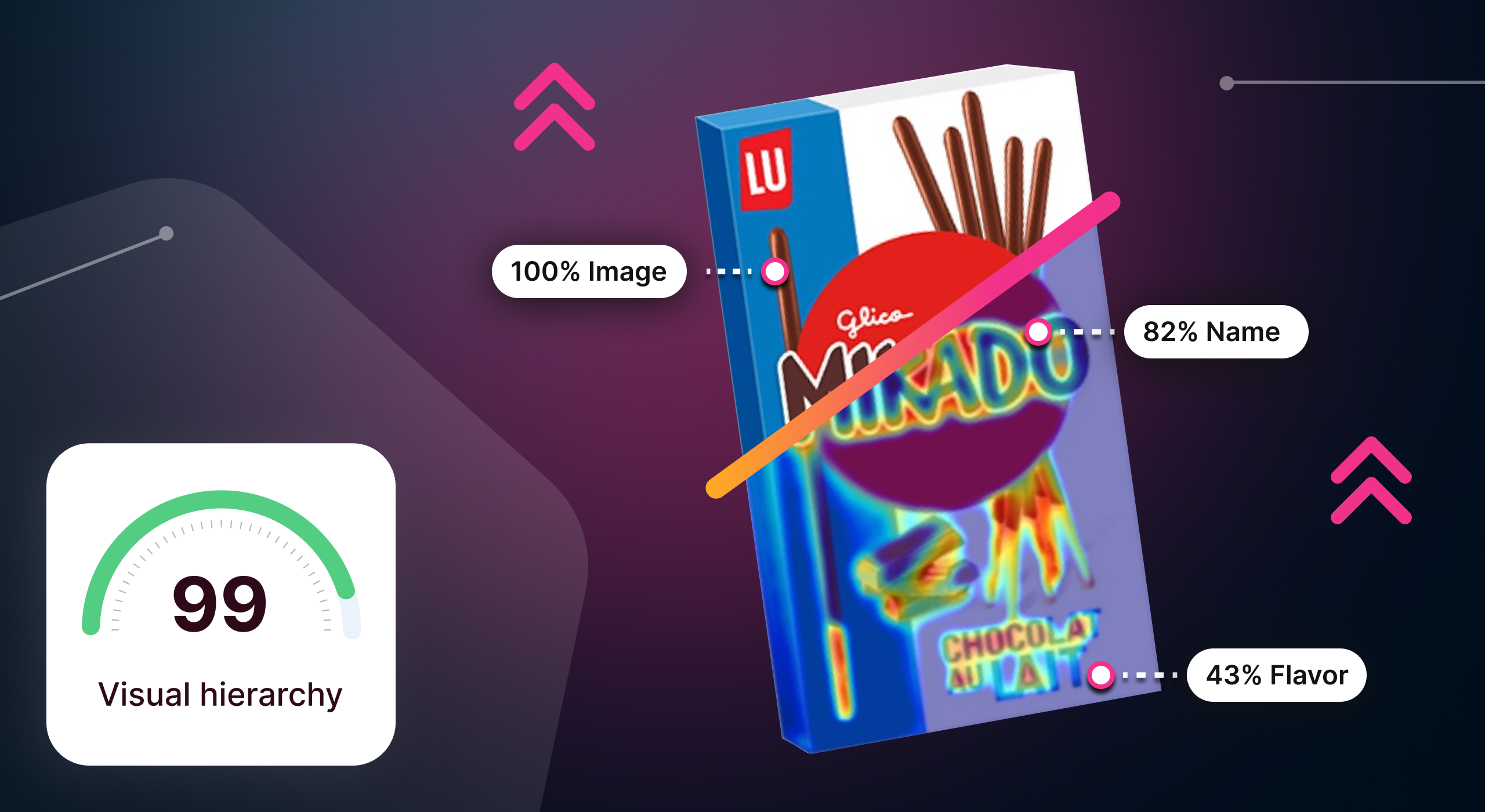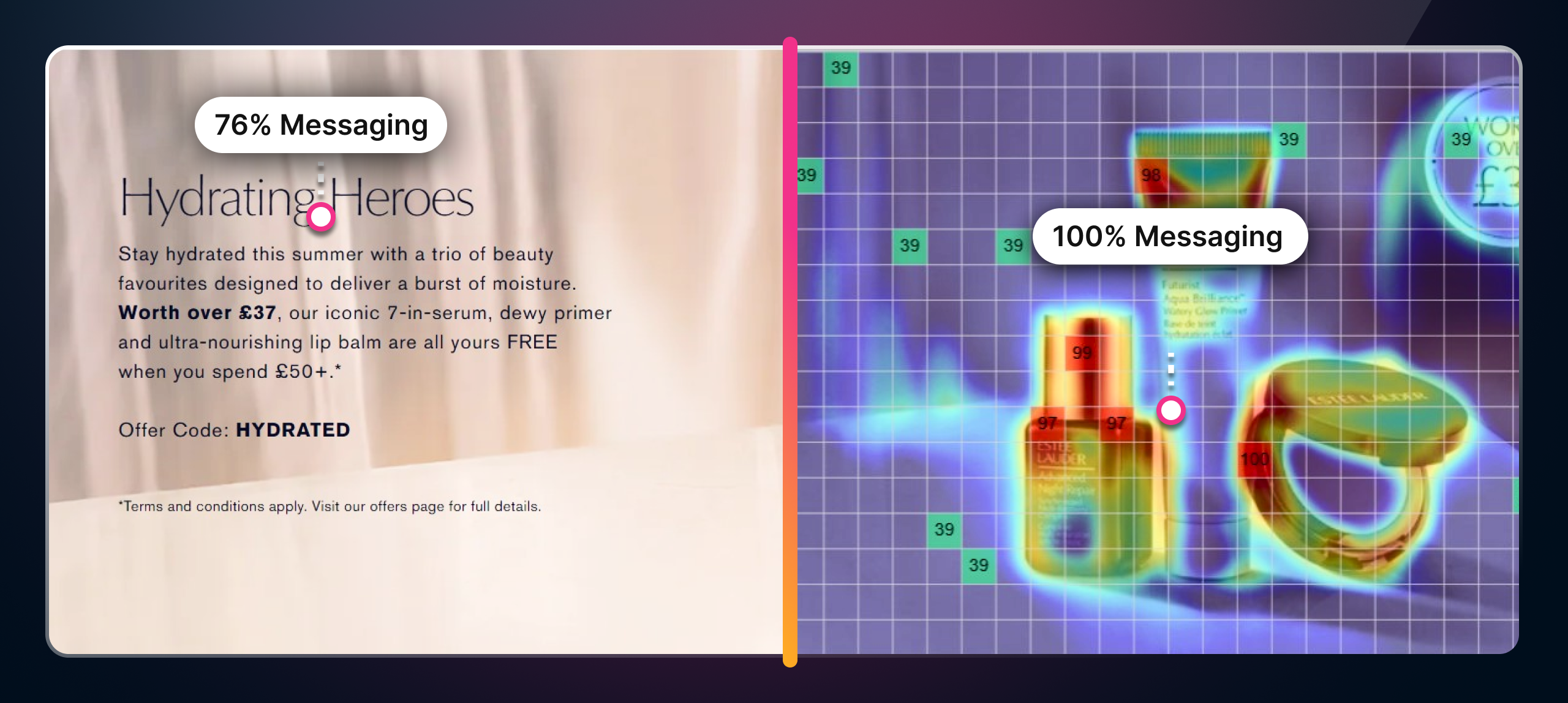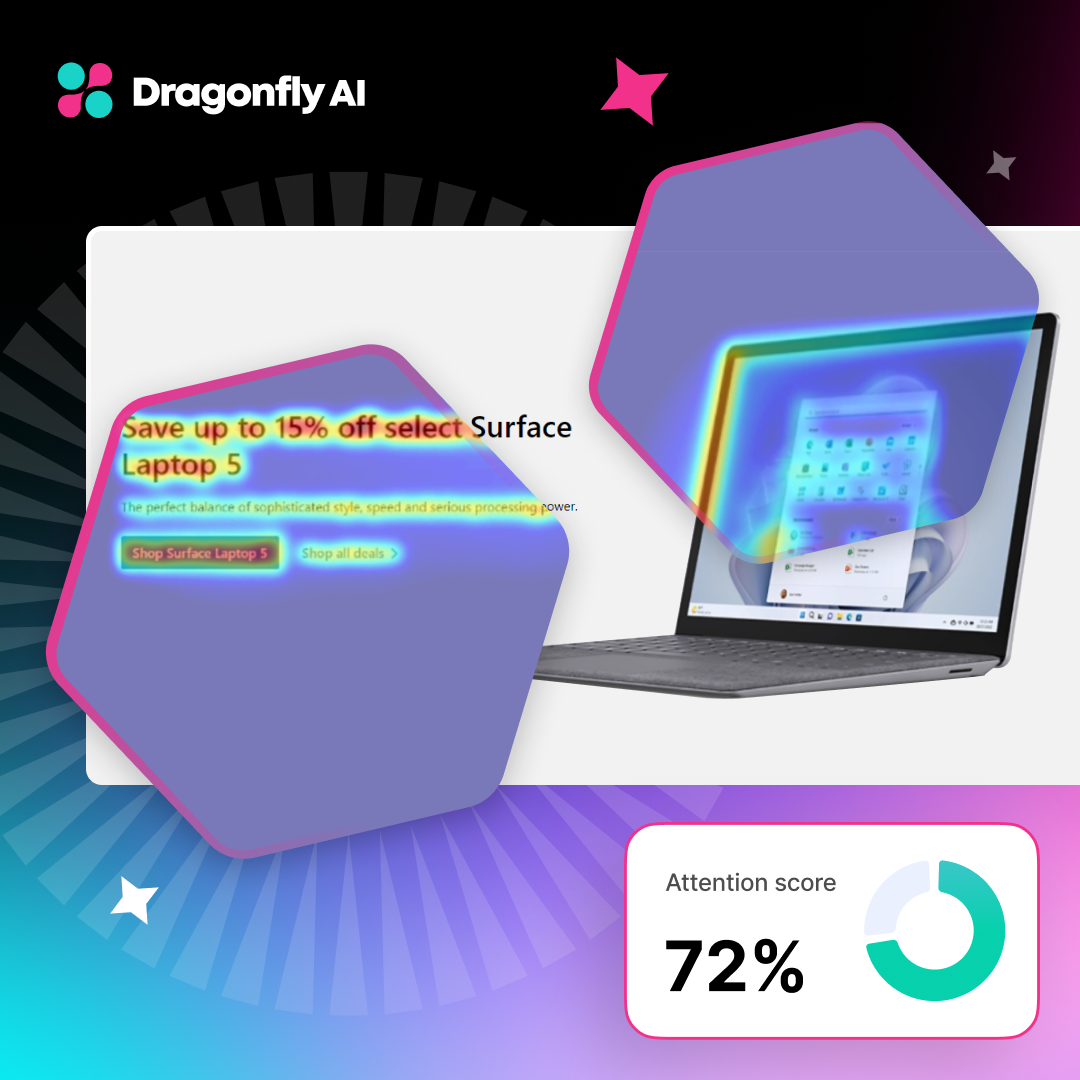Brands today find it extremely challenging to deliver personalized content that truly resonates with their audiences. With 64% of creative teams spending at least 5-10 hours weekly on mundane tasks like editing and resizing content, it becomes challenging to focus on strategic thinking and crafting compelling narratives.
While automation has undeniably brought about tremendous efficiency gains, it often lacks creativity, a crucial marketing element. This is where creative automation steps in. As technology evolves, businesses and individuals are increasingly turning to automated creative solutions to streamline their marketing processes and enhance productivity.
What is creative automation?
Creative automation is the application of technology to streamline and optimize creative processes. It combines the power of automation with the intricacies of creative expression. By leveraging artificial intelligence and machine learning, creative automation aims to reduce repetitive and time-consuming tasks that designers and marketers face daily.
This empowers teams to focus their energy on ideation and strategic thinking, ultimately enhancing efficiency and delivering valuable experiences to audiences.
From generating personalized marketing campaigns to composing music, automated creative tools can perform tasks previously exclusive to human creators.
Can creativity be automated?
It has previously been widely assumed that creativity is an inherently human trait that machines can't replicate. However, with the recent advancements in AI, this notion is being challenged. AI programs like Midjourney, DALL-E, and ChatGPT have showcased creative capabilities, generating art and stories and engaging in meaningful conversations.
These AI tools employ complex algorithms and deep learning models to analyze vast amounts of data, recognize patterns, and generate novel outputs. They can mimic the creative process to a certain extent, surprising us with their ability to generate unique and imaginative content.
It is important to note that while AI can assist in generating creative ideas, it cannot replace human creativity. The human touch remains irreplaceable when it comes to truly groundbreaking and emotionally resonant creations.
Problems that creative automation solves
Traditional methods of manual content production often fall short of meeting the demands of scalability, consistency, and time efficiency. However, creative automation helps solve these business problems.
Here is a list of a few of them.
- Manual creation & time spent on production time: Creative automation eliminates the need for manual content creation. By automating repetitive tasks, creative automation frees up valuable resources and time, allowing teams to focus on more strategic endeavors.
- Siloed technologies and complicated workflow setups: Creative teams often struggle with disparate tools and technologies that don't integrate well, leading to complicated workflow setups. Creative automation combines various technologies, simplifying workflows and fostering better collaboration among team members.
- Inconsistency and lack of brand cohesion: Maintaining brand consistency can be challenging with multiple team members working on creative projects. Creative automation leverages data, algorithms, and templates to generate numerous ads, images, and videos. This helps ensure cohesive visual identity and consistent messaging across different marketing channels, reinforcing brand coherence.
- Marketing ROI/cost reduction: Creative automation eliminates manual labor and streamlines processes, thus, reducing production costs and improving marketing ROI.
Benefits of creative automation
Creative automation empowers companies to overcome several problems by harnessing the power of technology to streamline and enhance their creative processes. It can benefit businesses in several ways.
Some of them are given below.
1. Faster creative production
Creative automation helps businesses centralize their creative production, consolidating all aspects into one place. This enables faster production by allowing quicker creative iterations and facilitating A/B testing and experimentation.
With creative automation tools and automated workflows, teams can meet deadlines more efficiently and deliver content with a faster turnaround.

2. Reduced content bottlenecks
Around 24% of content requests take 2-3 days or 2 weeks to fulfill, with only 21% of content turning around quickly. Creative automation eliminates the limitations imposed by finite design resources.
With automated tools, teams can generate a greater volume of content without being constrained by resource availability. This reduces content bottlenecks and allows for smoother workflows, enabling teams to produce content quickly.
3. Better marketing personalization
Creative automation empowers marketers to achieve better campaign personalization and customize content to cater to specific target audiences. Moreover, automation facilitates content localization, making it easier to adapt messaging and visuals for different regions and markets.
For instance, Warner Bros. Discovery has created email personalization across its digital divisions. Starting with its television network Eurosport, it quickly secured huge improvements in email clickthrough and engagement. The open rate for Eurosport spiked by 72%. Moreover, higher engagement users retained 20% higher than those with lower engagement.
4. Higher conversion rates
Creative automation contributes to improved conversion rates by enhancing the quality and relevance of content. With automated creative tools, marketers can create personalized and engaging content resonating with their target audience, increasing the likelihood of conversions and customer engagement.
5. Enhanced scalability
It enables scalability, allowing creative teams to handle larger workloads and campaigns without sacrificing quality. Automated tools and processes make it easier to scale content production while maintaining creative excellence.
This scalability ensures that creative teams can meet the demands of growing marketing initiatives and effectively reach a wider audience.

What is the creative automation process?
The creative automation process mentioned here covers the foundational layer of the available creative automation tools. However, it must be noted that creative testing is a distinctive process that involves the systematic evaluation and refinement of creative assets to optimize their performance and impact.
The creative automation process typically involves the following steps.
- Input Design Resources: The first step in the creative automation process involves inputting design resources into the automation tool. This includes uploading product images and graphic designs to enhance the creatives.
- Generate Mix and Match Combinations: The tool utilizes a mix-and-match approach to create high-quality creatives. It combines design elements to generate unique concepts.
- Create Product-Specific Creatives: The tool swiftly swaps different products in the design concept or layout, producing tailored creatives for each product within seconds.
- Personalize Messaging: The automation tool generates appropriate messaging tailored to each product. It considers various purchase motivators such as free shipping, discounts, coupons, or special offers, creating compelling messaging that resonates with the target audience.
- Convert to Relevant Ad Formats: The creatives are converted into relevant ad formats suitable for different channels and dimensions. The tool ensures the creatives are optimized and ready for effective deployment across various advertising platforms.
- Schedule and Monitor Performance: The tool automatically schedules the best-performing creatives for delivery and monitors their engagement. A/B testing is often utilized to refine and optimize performance.
.png?width=2560&height=1400&name=1%20(7).png)
Creative automation is an essential part of the future. It empowers teams to manage their resources in an effective way, increase deliverables and increase their productivity. These tools are useless without an individual implementing them into their own processes, without the human behind it - creative automation falls flat.
The priority is establishing a workflow leveraging creative automation tools to make your day-to-day operations quicker, giving you back the resources that are used up by mundanity.
Creative intelligence is one of these tools. Using data to validate creative decisions reduces meeting time and takes subjectivity off the table.
The Role of AI in Creative Automation
By leveraging sophisticated algorithms and machine learning, AI can analyze vast amounts of data to predict trends, optimize content, and personalize experiences at scale. This not only streamlines the creative process but also empowers teams to make data-driven decisions, ensuring that every piece of content resonates with its intended audience. In essence, AI transforms creative automation from a manual, time-consuming endeavor into an intelligent, adaptive system that enhances efficiency and creativity.
Challenges of Creative Automation
Despite its numerous advantages, creative automation is not without its challenges.
One significant hurdle is the potential loss of the human touch, as automated systems may struggle to capture the nuanced emotions and cultural contexts that define truly impactful creative work.
Additionally, the reliance on data-driven insights can sometimes lead to homogenized content, stifling originality and diversity.
There is also the technical challenge of integrating various tools and platforms seamlessly into existing workflows.
Ass with any technology-driven process, there is the ever-present concern of data security and privacy. Addressing these challenges requires a balanced approach, combining the efficiency of automation with the irreplaceable value of human creativity and oversight.
The Future of Creative Automation
The future of creative automation promises to be a dynamic combinatio of innovation and creativity, driven by rapid advancements in AI and machine learning.
As these technologies continue to evolve, we can anticipate even more sophisticated tools capable of generating highly personalized content, predicting consumer behavior with greater accuracy, and automating complex creative processes end-to-end.
This evolution will not only democratize creativity, enabling individuals and small teams to produce high-quality content, but also foster a new era of collaboration between humans and machines. Creativity will be augmented by technology, unlocking unprecedented possibilities for brands and creators alike.




.png?width=2560&height=1400&name=1%20(7).png)
